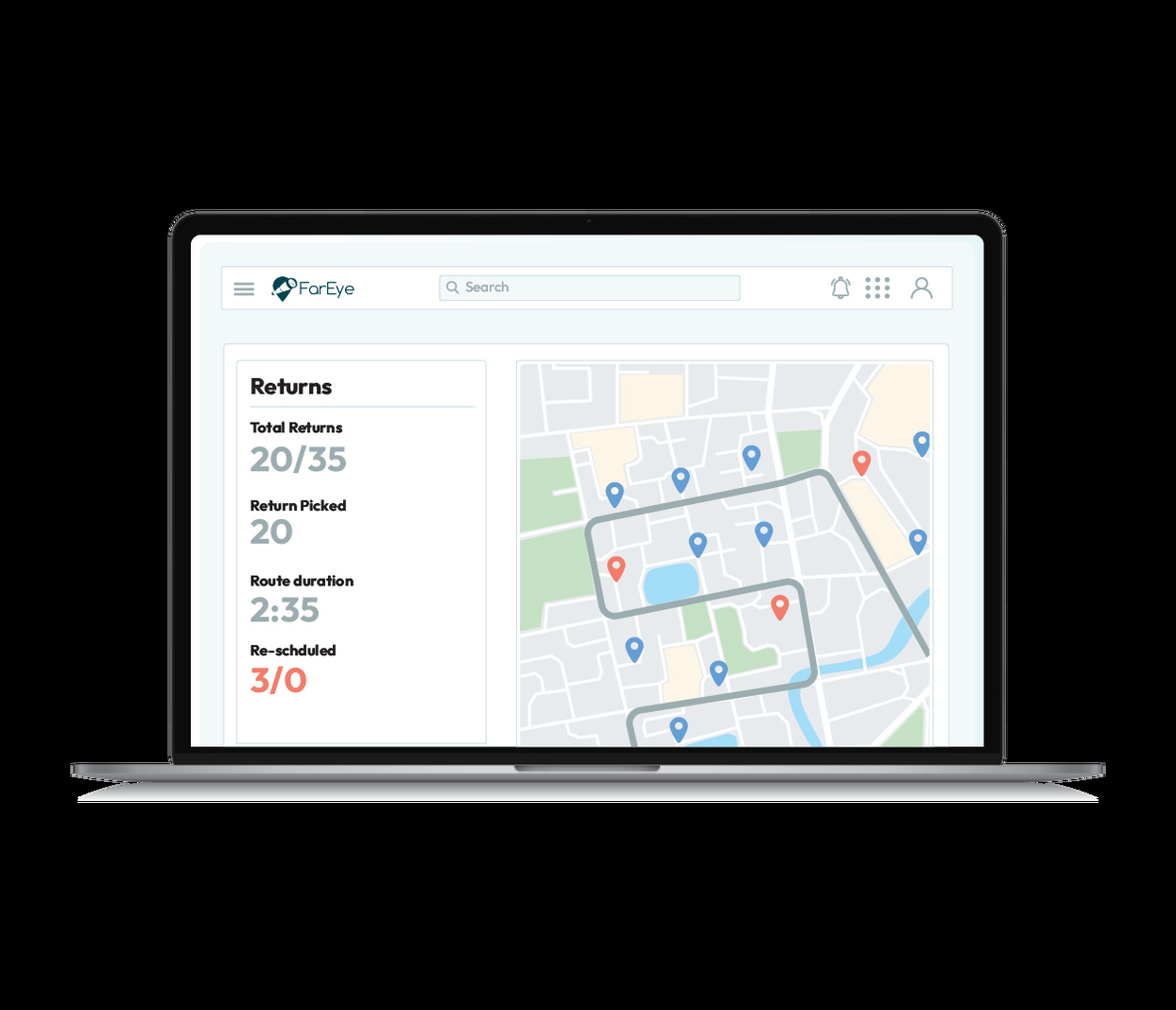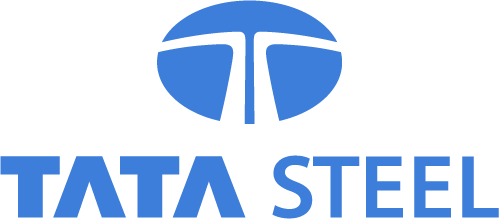Returns Management Software
Hassle-Free Returns, Happy Customers
FarEye optimizes returns management from post-purchase to delivery, ensuring a seamless and efficient process while enhancing customer satisfaction.


Trusted by the World's Top Brands
Why Delivering a Great Returns Experience Matters
Through the journey - FarEye enables

We empower your customers with:
- A branded self-serve portal for easy returns initiation
- Options for refunds, store credits, and labelless returns
- Real-time tracking of the entire return journey, including refunds

We empower carriers to optimize returns by:
- Executing returns at the lowest negotiated rates
- Conducting quality checks during pickups
- Reducing costs through efficient load consolidation

We empower your customers with:
- A branded self-serve portal for seamless returns initiation
- Flexible options for refunds, store credits, and labelless returns
- End-to-end tracking of the return journey, including refunds
- A branded self-serve portal for easy returns initiation
- Options for refunds, store credits, and labelless returns
- Real-time tracking of the entire return journey, including refunds

- Executing returns at the lowest negotiated rates
- Conducting quality checks during pickups
- Reducing costs through efficient load consolidation

- A branded self-serve portal for seamless returns initiation
- Flexible options for refunds, store credits, and labelless returns
- End-to-end tracking of the return journey, including refunds



Ecommerce Returns Management Solutions to Simplify Returns Experience for Pre and Post-Deliveries
Embedded branded returns portal
Don’t ask your customers to fill out a form or contact your support teams to initiate returns. Provide a branded returns portal for your customers to initiate returns seamlessly. Configure all your return policies in the backend and automate the returns approval process.


Automated Label Generation
Reduce your returns cost by not sending printed return labels with every shipment. Generate returns labels/QR Codes only for the approved returns request through the returns portal. Communicate the returns label/QR Codes to the customer through the portal or branded email communication. Enable label-less returns through QR Codes and reduce your carbon emissions.
Real-time tracking of returns and refunds
Reduce inquiries to your support team by providing real-time visibility of the returns journey and refund processing to your customers through the returns portal and email/text notifications. Slash the customer inquiries on returns and refund status by up to 50%.


Flexible returns methodology
Allows consumers to choose from multiple pickup options to match their needs best. They can select at-home pickup or choose from multiple drop-off locations like store and carrier locations, and schedule windows for at-home pickups.
Efficiently reusing returned inventory & Returns analytics
Gives retailers powerful insights that reduce return rate, help define the return strategy, solve inventory issues, and gather SKU-level analytics.


QC during Return Pickups
Ensure every return pickup is met with efficient quality control checks to ensure the returned items meet standards. Inspection verifies product condition, aiding in processing refunds or exchanges efficiently.
Load consolidation for Returns transportation
Optimize returns transportation by combining multiple return shipments into fewer, and fuller loads. Directly reduce your transportation costs and increase the efficiency in handling and processing returns.

Reduce the Cost of Returns Logistics
Enhance Your Returns Management Today
FarEye’s returns management software offers end-to-end capabilities for pickup, receiving, inspection, and processing of returns and exchanges. What makes FarEye stand out is its seamless integration of return flows into your existing forward delivery network—boosting speed, efficiency, and cost savings.










